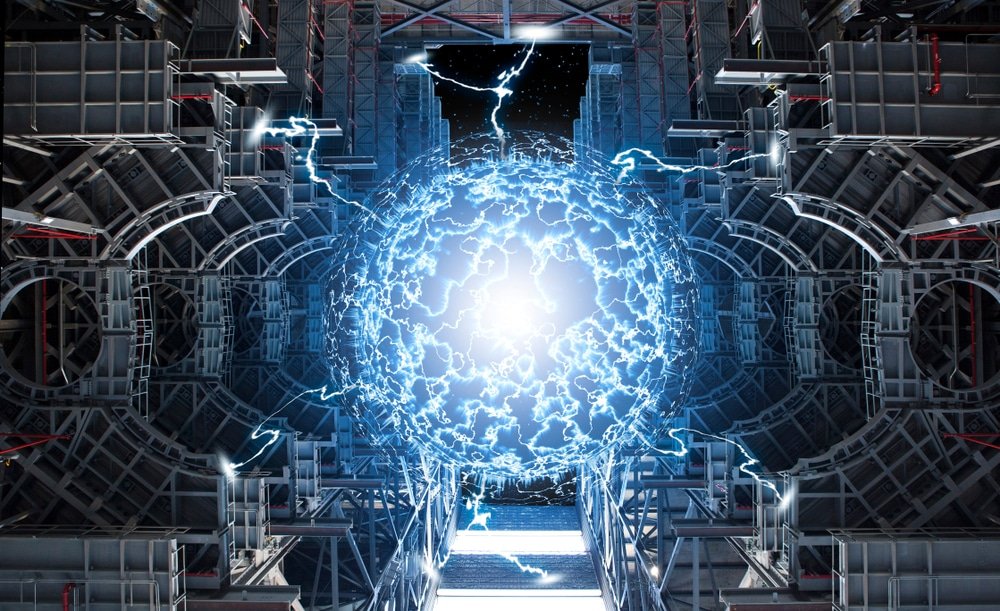The science fiction genre has long been a source of inspiration for real-world technological advancements, particularly in energy sources. From warp drives and antimatter reactors to futuristic power grids and renewable energy, sci-fi authors have envisioned a wide array of energy solutions that have captured readers’ imaginations and, in some cases, influenced real-world research and development.
The Influence of Science Fiction
Science fiction has a long history of introducing innovative ideas that later become reality. In the 1940s, science fiction author Arthur C. Clarke proposed the concept of communication satellites in geostationary orbit, which was realized decades later. Similarly, the idea of space-based solar power, which involves collecting solar energy in space and beaming it to Earth, was first proposed in science fiction before becoming a severe topic of research and development.
This trend continues with energy sources. Many of the power sources featured in sci-fi, while not currently feasible, are based on real scientific principles and may one day become a reality. For example, the concept of nuclear fusion, which involves fusing light atoms to release energy, has been a staple of sci-fi for decades and is also a focus of real-world research.
Iconic Sci-Fi Power Sources
Some of the most iconic sci-fi power sources have become ingrained in popular culture. One such example is the Mr. Fusion device from Back to the Future, which can power the DeLorean time machine by converting household waste into energy. While the real-world feasibility of such a device is questionable, it captures the public’s imagination and highlights the potential of future energy technologies.
Another iconic power source is the zero-point energy of Star Trek, which taps into the energy of the quantum vacuum to power starships and other technologies. While the concept of zero-point energy is based on real scientific principles, harnessing it for practical purposes remains firmly in the realm of science fiction.
The Future of Energy in Sci-Fi
As technology advances, science fiction writers are exploring even more ambitious and imaginative power sources. One such concept is extracting energy from parallel universes or dimensions, as seen in Isaac Asimov’s The Gods Themselves. While the scientific basis for such a concept is highly speculative, it highlights the potential of future energy technologies to tap into previously unexplored power sources.
Another intriguing concept is using black holes as a power source, as seen in the Penrose process. This involves extracting energy from a rotating black hole by sending matter into it at an angle, causing it to emerge with more power than it went in with. While scientists are still exploring the feasibility of this process, it has captured the imagination of sci-fi writers and fans alike.
The Role of Energy in Sci-Fi Storytelling
Energy sources are not just technical details in science fiction; they often play a crucial role in the story. In many sci-fi narratives, the quest for new and more powerful energy sources drives the plot forward and shapes the characters’ motivations and actions.
For example, in Frank Herbert’s Dune series, spice melange is a highly valuable substance that not only powers interstellar travel but also profoundly affects the human mind and body. The struggle to control the spice trade is a significant driver of the political and social conflicts that unfold throughout the series.
Similarly, in the Mass Effect video game series, the discovery of a powerful energy source called Element Zero is a critical event that propels humanity into the galactic stage and shapes the course of the entire series. The ability to harness Element Zero’s properties, such as mass effect fields, becomes crucial in the war against the Reapers, the series’ main antagonists.
Science fiction has long been a genre that explores the potential of future energy sources, from the iconic Mr. Fusion to the zero-point energy of Star Trek. While many of these power sources remain firmly in fiction, they capture the public’s imagination and inspire real-world research and development.
As our own world continues to grapple with the challenges of meeting growing energy demands while minimizing environmental impact, the imaginative visions of science fiction offer valuable perspectives and inspiration. While not all the futuristic energy sources and technologies depicted in sci-fi will become reality, the creative speculations of authors can spark important conversations and drive innovation in the real world. By exploring the diverse and imaginative portrayals of energy in science fiction, we can gain fresh insights into the possibilities and pitfalls of future energy sources, helping to shape a more sustainable and prosperous world for generations to come.


